Home " Quality
At JEL Products, we value quality immensely; it is an integral part of how we work. We use only top-quality materials, allowing us to deliver products that not only meet but exceed our stringent requirements. The products of DCbright, with whom we work closely, set the standard in production quality, starting where others stop. On this page, we take you through the production process, highlighting every aspect that contributes to the exceptional quality of our products.
Every product under the JEL Products and DCbright name comes with these essential quality features as standard. This ensures that our products not only last longer, but also perform optimally under the most challenging conditions. Thanks to our commitment to quality, and DCbright's strict safety and quality standards, we can offer you the best lighting solutions and outstanding service. Discover how our unrivalled manufacturing quality takes your lighting experience to the next level.
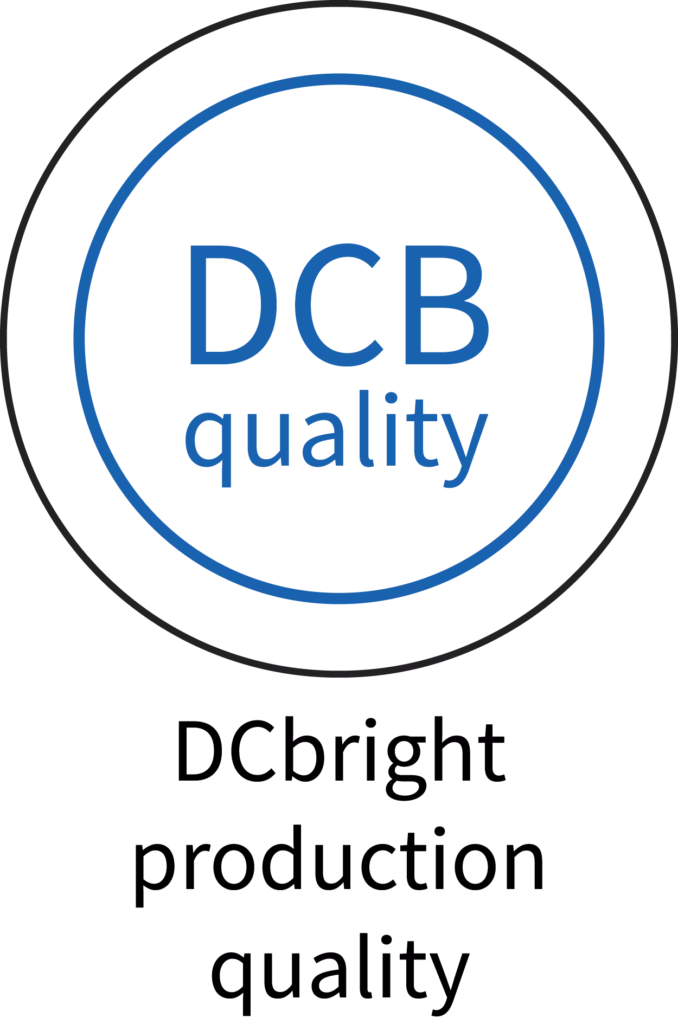
Soldering: Traditionally, it is common practice to solder components on the PCB using a hot-air oven. DCBright solder its components using a special method in a liquid. This ensures stronger bonding of the components to the PCB, but also significantly lower porosity of the solder tin. Lower porosity reduces the risk of cracking. Furthermore, oxidation cannot occur during soldering because of the airtight environment in which the soldering takes place. The method originates from the aerospace industry and is rarely used in the lighting industry due to its higher cost.
Heat transfer: To ensure optimal heat transfer from the circuit board, DCBright places a heat exchange sheet between the board and the housing. This has several advantages over the commonly used cooling paste. Not only is there no longer any chance of the paste drying out, but there is also no possibility of the paste ending up on components. Such paste usually contains chemical components that are harmful to electronic components, this is undesirable. The heat exchange plate prevents short circuits and overheating of components and the lamp, giving both a longer lifespan.
Cable management: Practice has shown that moisture sometimes gets into LED lamps via the cabling, with disastrous consequences. By applying a unique connection between cable and lamp, this danger does not exist with DCBright lamps.
Individually tested: After production, each lamp is tested individually to determine whether the lamps meet our high quality standards. Each lamp is also viewed with a thermal camera to ensure that all specifications are met.
Damp-proof housing: The lamps are mounted in a room with low humidity. This results in both low pressure and low humidity inside the housing. This minimises the risk of oxidation and condensation, resulting in optimum light output. This makes the lamp suitable for a wide range of extreme conditions.
Screws: All screws are made of 316 stainless steel and sealed into the housing to prevent vibration and corrosion.
Materials: All lamps and luminaires are made of high-quality aluminium. The aluminium has been tested with an X-ray scan to make sure it meets quality requirements.
Paint: The aluminium housing is coated with a layer of "chrome conversion coating", which promotes the lamps' corrosion resistance. A double layer of "powder paint" is then applied. Titanium is used in the powder paint to improve the heat transfer capacity of the housing.
PC plates: The polycarbonate sheets used by DCBright are UV-coated PC sheets. This ensures durability and prevents discolouration.

Reversing the polarity of a device's power supply can have serious consequences. Changing the positive and negative sides can lead to a burnt circuit board or more complex problems. DCbright products with polarity protection are protected against accidental reverse polarity.
There are several ways to counteract the effects of "reverse polarity". A common method involves adding a diode to the supply line. The advantages of this method are its easy application and low cost. A major disadvantage of diodes is the huge voltage drop. Moreover, this method has an efficiency loss of about 1%.
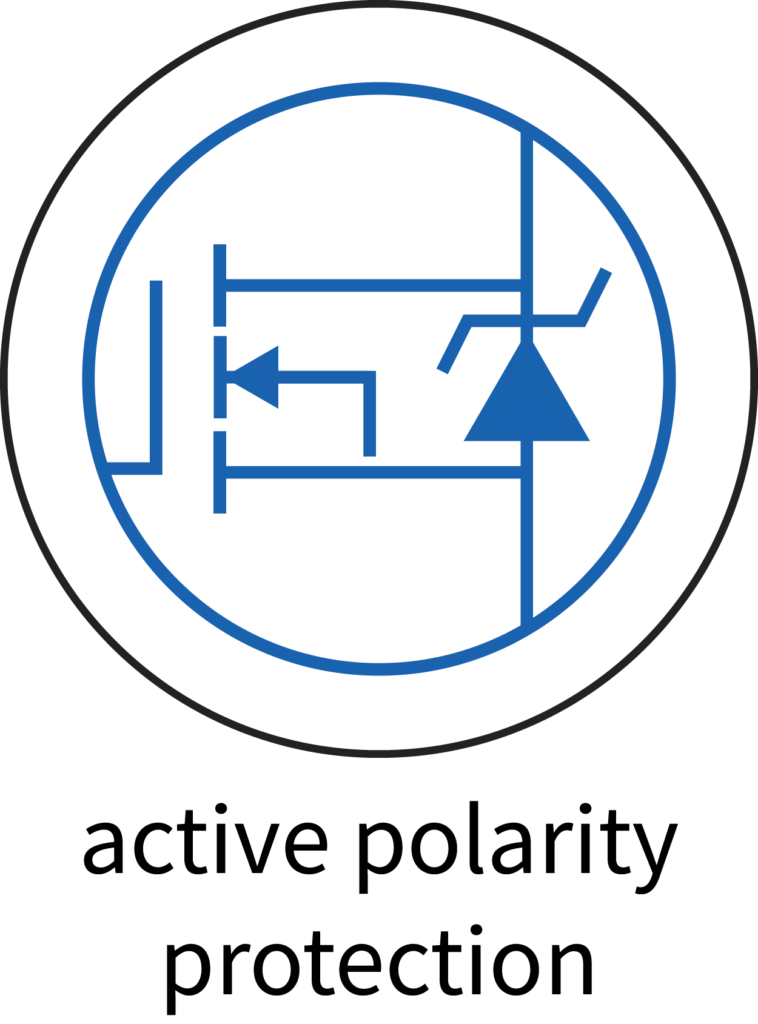
Another method is a so-called "active system". The cost for this method is higher, but on the other hand, there is no loss of efficiency.
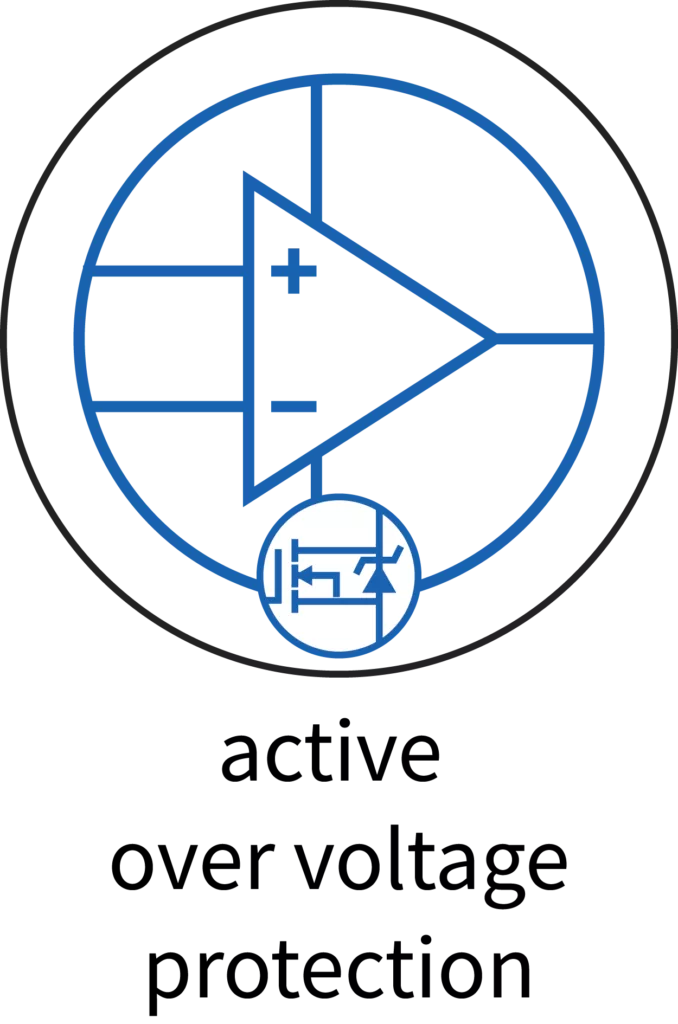
To prevent damage to components due to excessive voltage, overvoltage protection is used. This is a protection device that interrupts the power supply when the voltage occurring exceeds a preset voltage margin. As soon as the voltage exceeds the margin, the lamp switches off. When the voltage is within the preset margin again, the lamp is switched on.
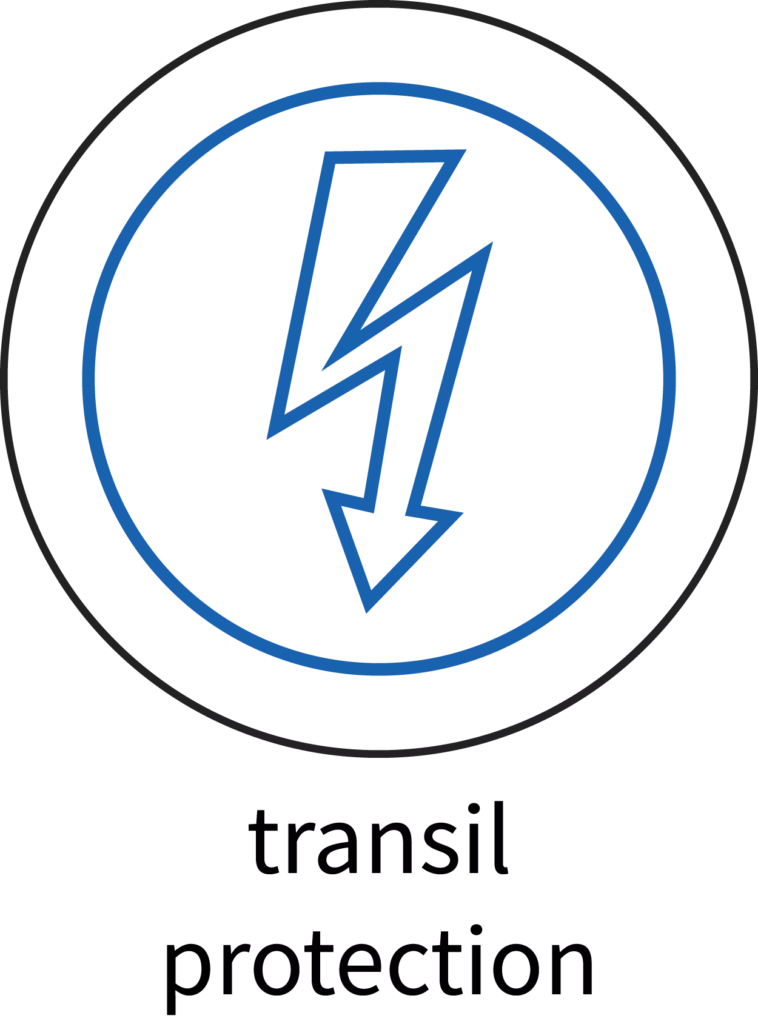
The light is protected against static voltage discharges on the connecting wires.
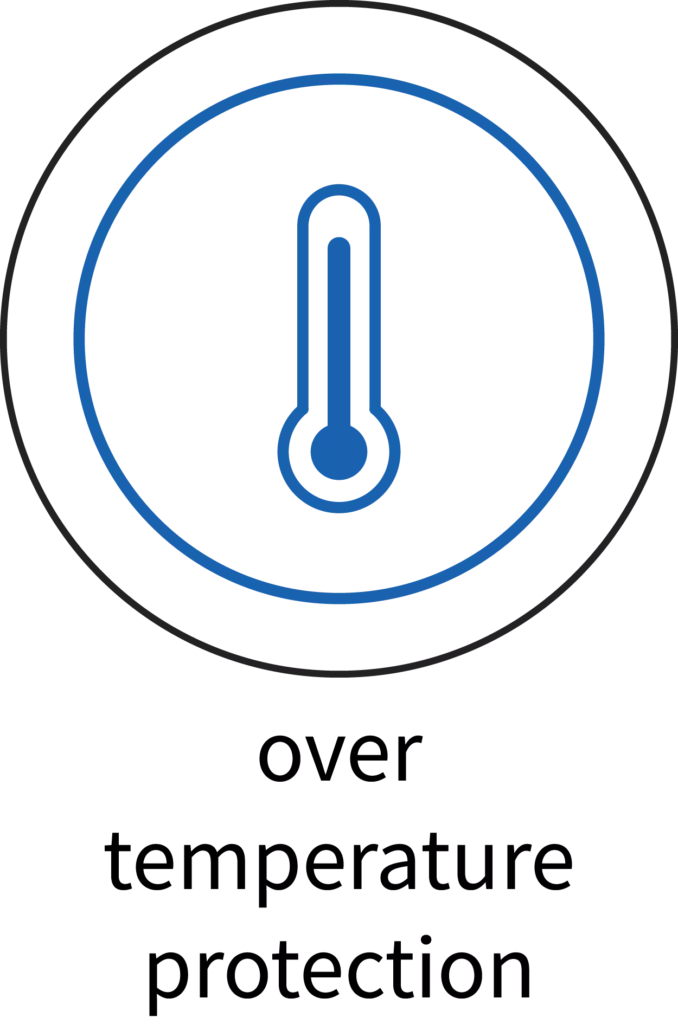
Good heat management has a great impact on the efficiency and reliability of LED lighting. A commonly used method is dimming using a PMW (Pulse Width Modulation). However, the stroboscopic effects and electromagnetic interference involved can have negative effects on staff health and electronics operation.
DCbright uses a thermal management system that uses a temperature sensor to prevent the maximum permissible temperature from being exceeded. In addition, maximum efficiency is achieved by setting the power so that the lamp burns at a constant and stable temperature. No PWM is used for this purpose, eliminating disturbing stroboscopy and electromagnetic interference

A dump load transient is a component that can absorb power when the voltage exceeds a preset point. By using this absorbed power, the lamp can arm itself against voltage spikes in the supply line.
DCbright lamps are equipped with a dump load transient that meets the following requirements:
I EC 61000-4-2 exceeds level 4
30 kV (return air)
30 kV (contact discharge)
ISO10605 - C = 330 pF, R = 330 Ω
ISO 7637-2
Pulse 1: VS = -150
Pulse 2a: VS = +112 V
Pulse 3a: Vs = -220 V
Pulse 3b: Vs = +150 V
Former pulses 5a and 5b
ISO 16750-2 - Tests A and B
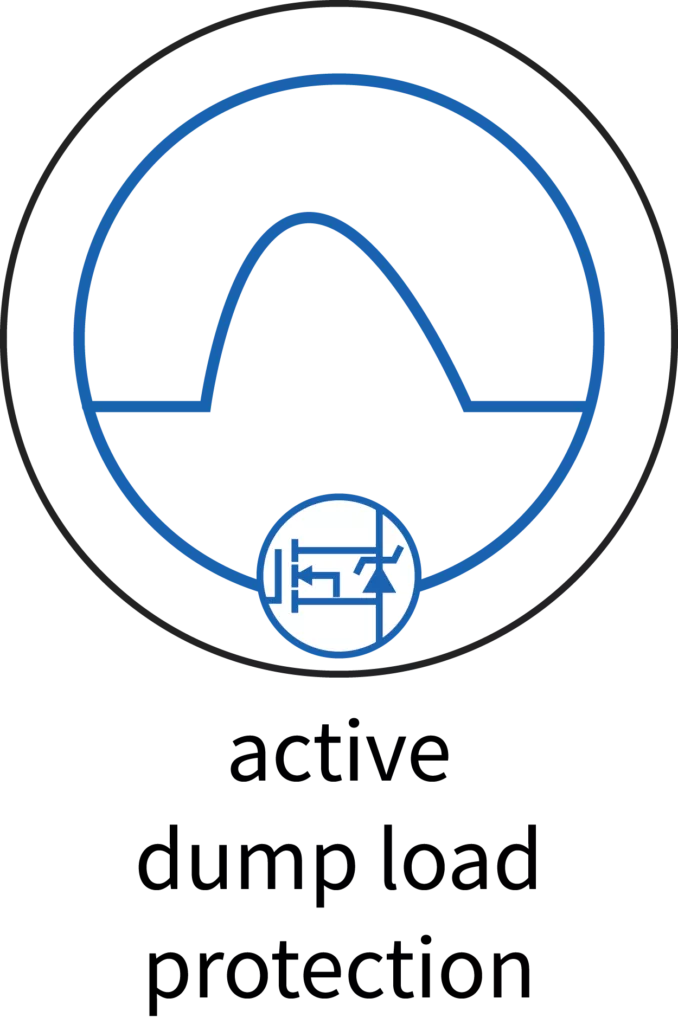
This protection has many similarities to standard dump load protection. The only difference is that this protection will adsorb current in line with the LED light. So it only consumes some voltage from the input power in case the voltage is out of specification and can no longer be handled by a dump load way. The active dump load can switch off the current to the LED light to protect it from the uncontrolled surge current.
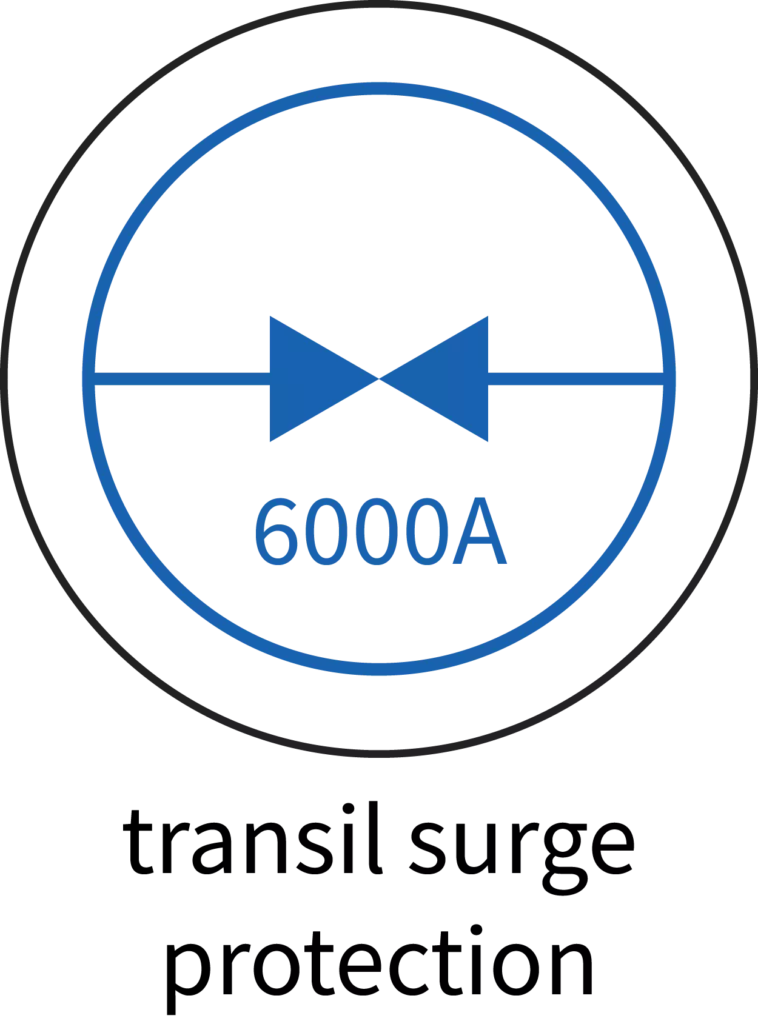
Overvoltage protection protects electronic components from voltage spikes. The overvoltage protection used in DCBright lamps consists of protection that remains stable up to 75 volts. If this value is exceeded, up to 3000-6000 amps are extracted, smoothing the voltage rise. This extraction takes place in up to 8/20 µs, where the response rate is 1000 V / µs.

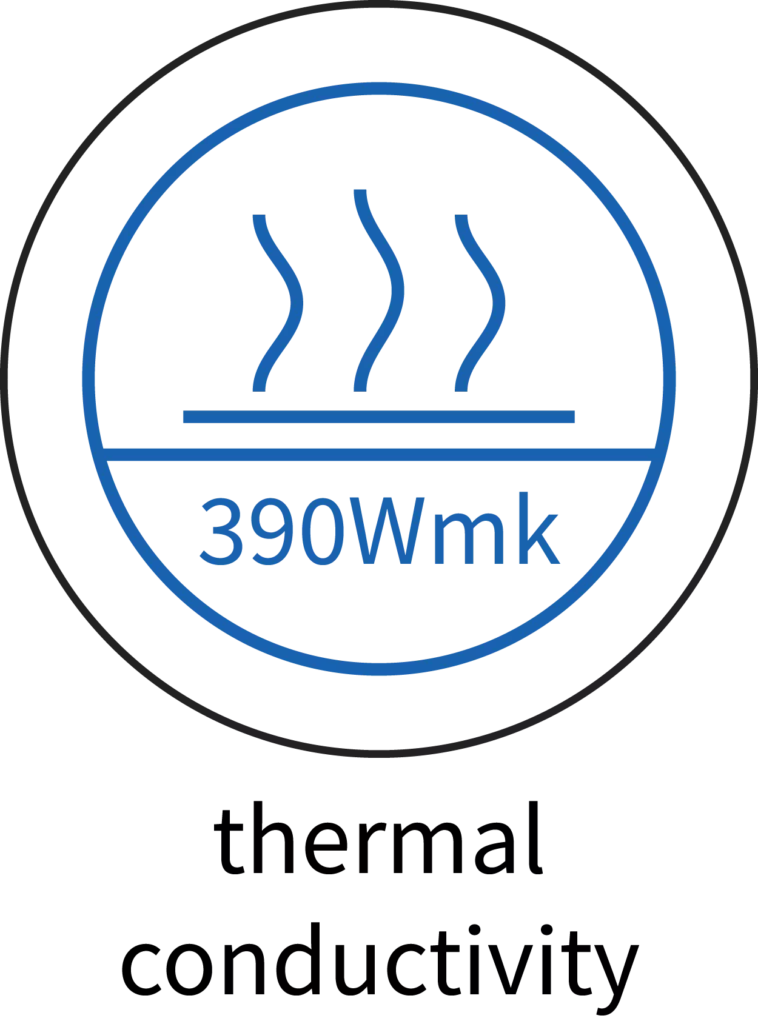
Generally, LED lighting uses circuit boards with heat transfer from 0.23wmk to 3wmk, but DCbright if focused to use the best for our customers. So we use a PCB with a thermal conductivity of up to 390wmk. Higher thermal conductivity means the LEDs get less hot. When the LEDs get less hot, the light emits more light and lasts a long time.

The short-circuit protection switches off the power supply if a short circuit occurs in the lamp.

Many recent scientific studies link physical and psychological complaints to so-called "flickering" or LED lighting. Migraines, loss of concentration, eyestrain and light-sensitive epilepsy are some possible consequences of LED lighting with a frequency that is registered by the brain but cannot be "seen" by the eye.
To avoid this ever-increasing problem, DCbright uses completely flicker-free lamps! This is achieved by applying a frequency of 1 MHz, for example. Moreover, a capacitor is used to remove wrinkles.

To make the lamps as vibration-resistant as possible, the heavier components are soldered and glued to the PCB. Given the high absorbency of glue with regard to vibration, this results in a significantly longer life of both the components and the circuit board. And screws used are special screws or they are sealed.
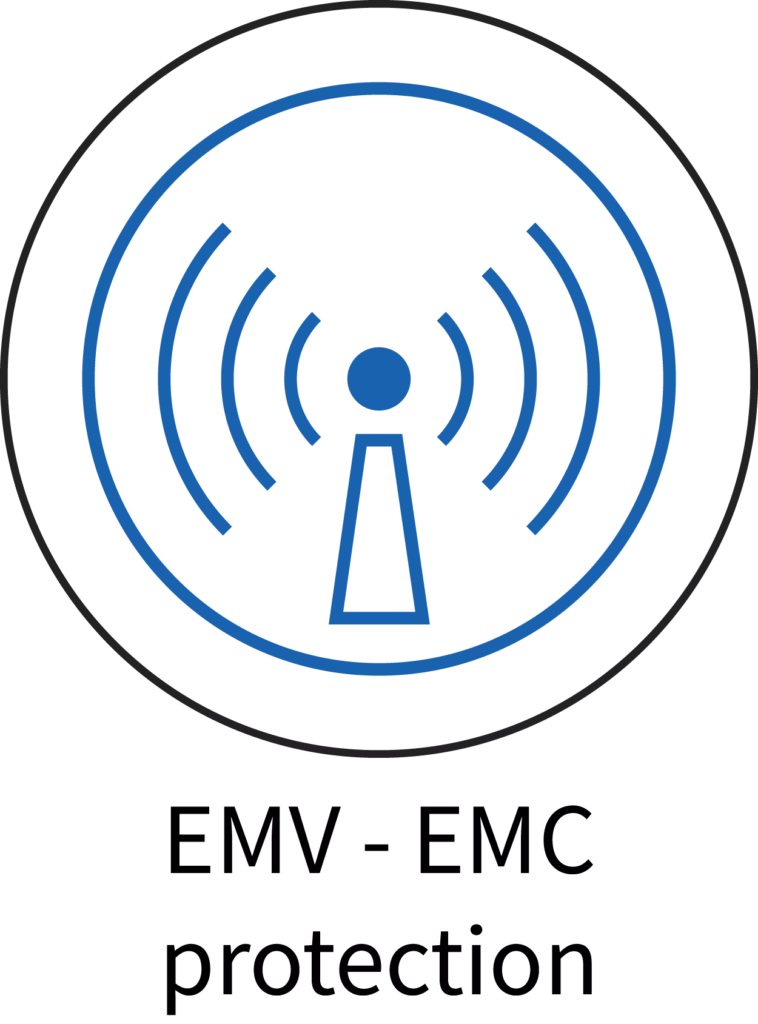
DCbright lamps have a component that suppresses interference. As a result, less electromagnetic interference occurs and the likelihood of interference from electronics near the lamps is reduced.

To avoid light pollution or "glare" (light falling outside the desired distribution angle), "low-glare" variants are available for the vast majority of products offered by DCbright.
Discover the power of JEL Products and its industrial LED lighting solutions for greater savings in energy, costs, and CO2 emissions while improving your work safety. Contact us today by filling in the form below so we can support you in lighting your working environment in the best possible way.